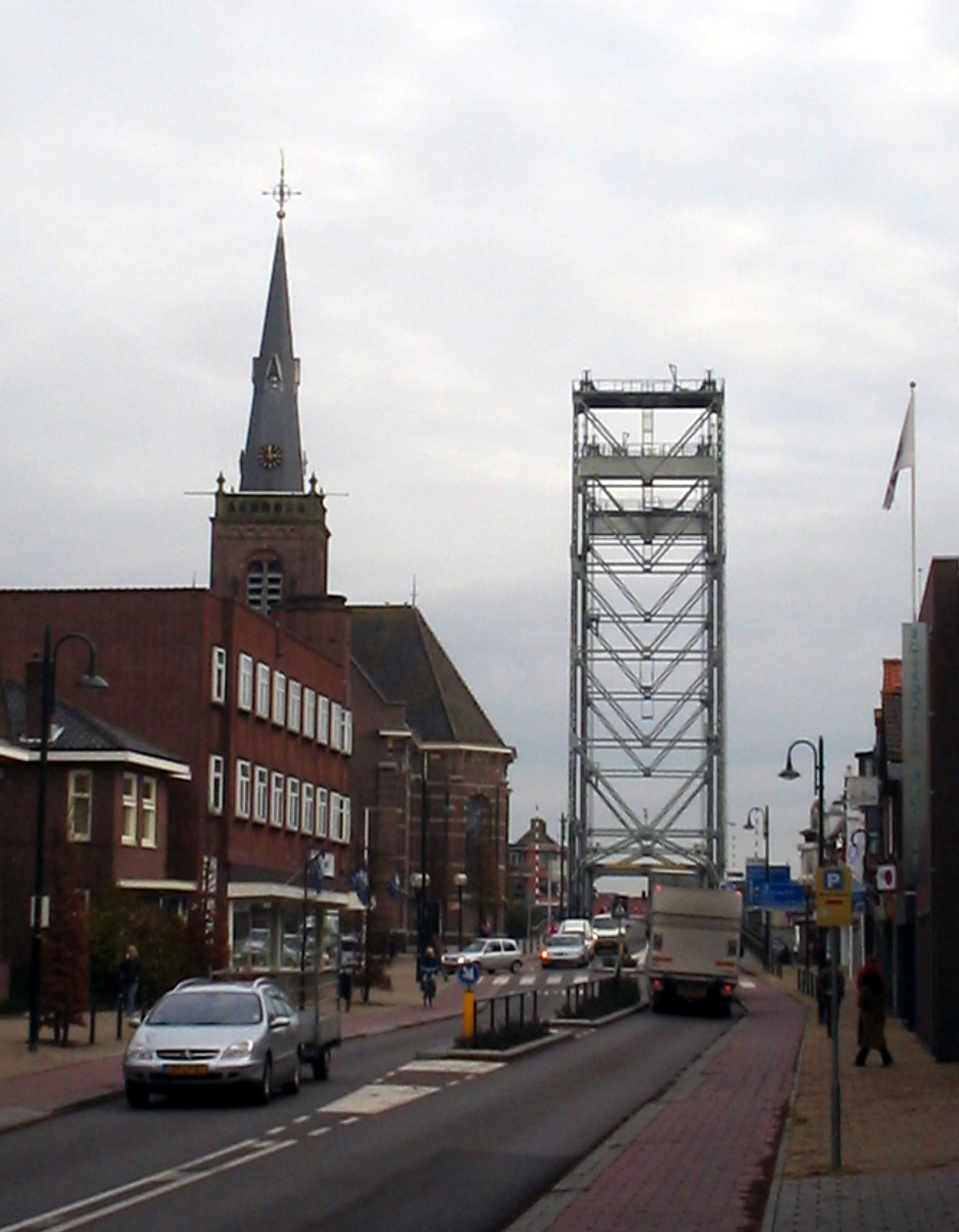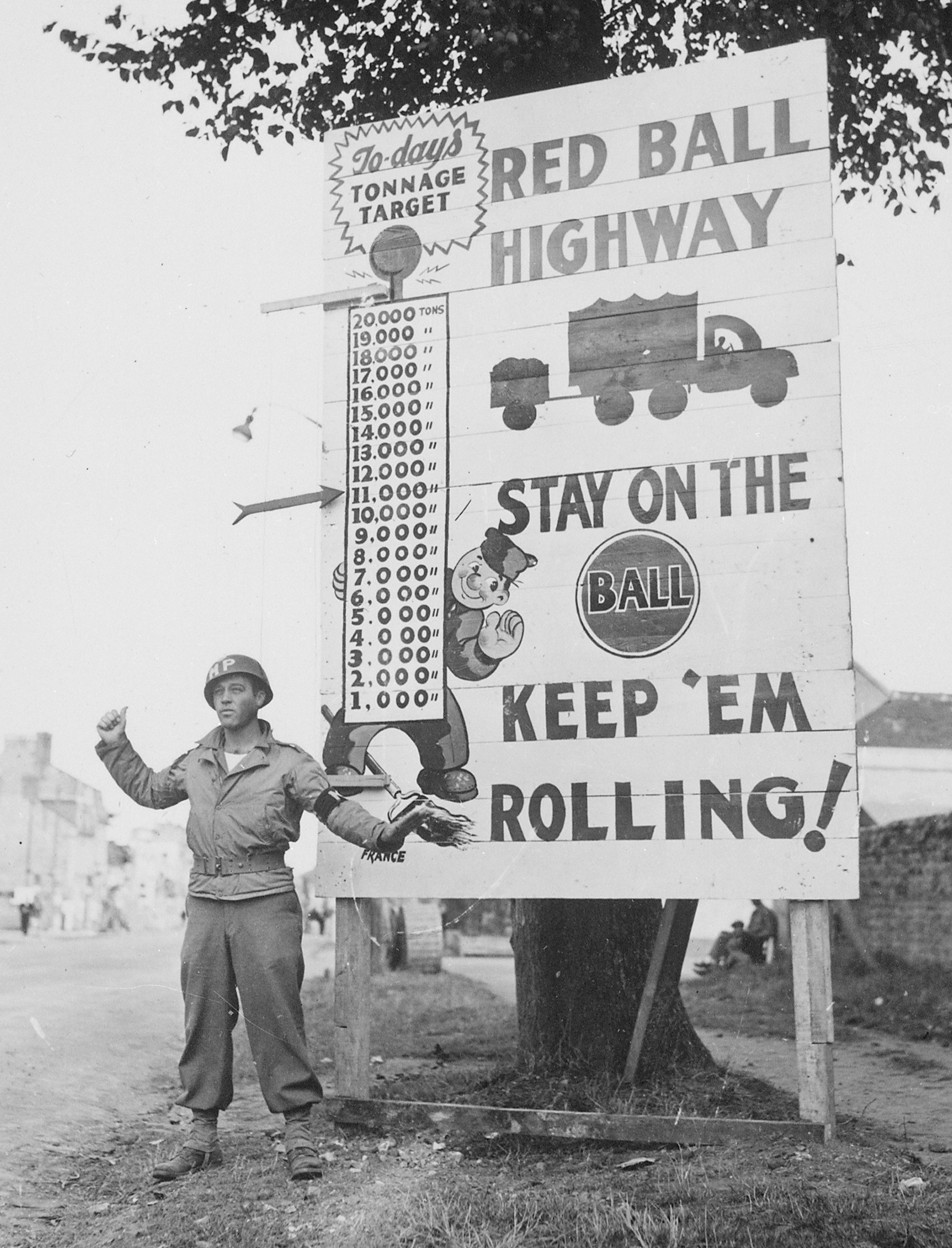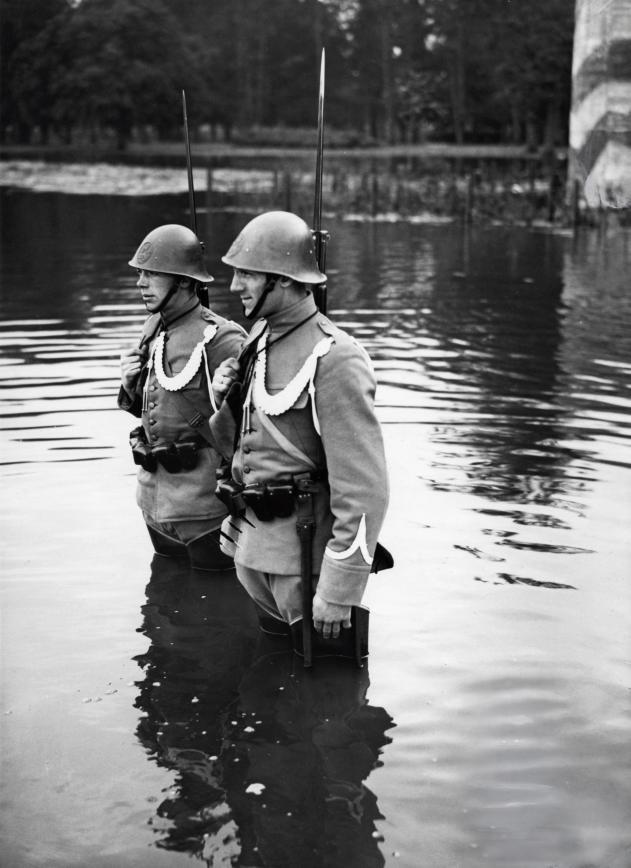|
Rokus Visser
Lieutenant Colonel (Ret.) Mochammad Idjon Djanbi (13 May 1914 – 1 April 1977) previously known as Rodes Barendrecht "Rokus" Visser, also spelled as ''Barendregt'', was a Dutch-born Indonesian soldier who served as a Dutch commando during World War II, ''Korps Speciale Troepen'' officer and eventually became first commander of Kopassus. Military career Military career during World War II Born the son of a successful Tulip farmer. At the outbreak of World War II in 1939 Visser was drafted into the Dutch army. Visser fought during the German invasion of the Netherlands in May 1940. As a conscript sergeant Visser was assigned to the Dutch Legion in United Kingdom. He volunteered in 1942 to be Radioman in No. 2 Dutch Troop, No. 10 (Inter-Allied) Commando. Along with other allied troops, Visser participated in his first battle in Operation Market Garden, when the unit was incorporated into 82nd Airborne Division. Two weeks later, Visser was reassigned to 101st Airborne Divisi ... [...More Info...] [...Related Items...] OR: [Wikipedia] [Google] [Baidu] |
Boskoop
Boskoop () is a town in the province of South Holland. It was a separate municipality until it merged into Alphen aan den Rijn in 2014. The town had a population of 15,050 in 2012 and covers an area of of which is water. It's the world's biggest joined floriculture area. Boskoop is famous for its nurseries, particularly woody plant and perennial nurseries, of which some 774 are situated on long stretches of land, divided by narrow canals. Before World War II almost all transport was conducted using narrow boats. A few exceptionally high footbridges crossing some of the broader (main) canals remain from these days. Between the World Wars the transition was made from fruit culture to decorative garden plants and trees. As a source of technical knowledge about the art of growing decorative plants, Boskoop remains world-renowned and unique. The name "Boskoop" has been given to an apple cultivar (Belle de Boskoop) which is widely distributed in the Low Countries, to a grape variety ... [...More Info...] [...Related Items...] OR: [Wikipedia] [Google] [Baidu] |
4th Special Service Brigade
The 4th Special Service Brigade was a brigade-sized formation of the British Commandos formed during the Second World War in March 1944 from battalion-sized units of the Royal Marines. Due to the success of the British Army Commandos' operations in Norway, the Channel Islands, St. Nazaire, and the Middle East, the Admiralty dissolved the Royal Marines Division in late 1942 and reorganized its amphibious assault infantry into eight additional Commando units. The Brigade was part of the Normandy landings on 6 June 1944 during Operation Overlord; it subsequently participated in the Battle of the Scheldt and the assault of the Walcheren Islands.Army Commandos 1940-45 By Mike Chappell, p 31 On 6 December the same year, the Brigade was renamed 4th Commando Brigade, removing the title ''Special Service'' and its association with the German SS. Formation *Commander : Brigadier B. W. Leicester ** No. 41 Commando (Royal Marines (RM)), Lieutenant-Colonel E. C. E. Palmer ** No. 46 Command ... [...More Info...] [...Related Items...] OR: [Wikipedia] [Google] [Baidu] |
Bronze Cross (Netherlands)
The Bronze Cross of the Kingdom of the Netherlands (Dutch: "Het Bronzen Kruis") was instituted on 11 June 1940 by Queen Wilhelmina of the Netherlands while she was residing in London during the German occupation of the Netherlands. The Bronze Cross has precedence after the Resistance Star East Asia, but is the third highest military decoration still being awarded for bravery. Several British, American, Canadian and Polish Polish may refer to: * Anything from or related to Poland, a country in Europe * Polish language * Poles Poles,, ; singular masculine: ''Polak'', singular feminine: ''Polka'' or Polish people, are a West Slavic nation and ethnic group, w ... soldiers are among the 3,501 recipients of the Bronze Cross that is awarded by Royal Decree. External links Bronze Cross- Official site of the Chancellery of the Netherlands Orders (English) {{Webarchive, url=https://web.archive.org/web/20120222174054/http://www.veteranen-online.nl/brons/verbrons.htm , date=2012-0 ... [...More Info...] [...Related Items...] OR: [Wikipedia] [Google] [Baidu] |
Mobilisation War Cross
The Mobilisation War Cross (Dutch: ''Mobilisatie-Oorlogskruis'') is a Dutch medal awarded for service during World War II. Establishment and criteria The Mobilisation War Cross was established on 11 August 1948 by royal decree of Queen Wilhelmina. Those eligible for the award include military personnel who served for at least six months between 6 April 1939 – 20 May 1940. However, the Cross can also be awarded to non-military personnel or people who did not serve a full six months, as long as the subject performed military tasks for the Kingdom of the Netherlands. On 1 December 1992, the original royal decree was rescinded and replaced. Notable recipients * Coosje Ayal * Ted Meines * Truus Menger-Oversteegen * Freddie Oversteegen * Adriaan Paulen * Godfried van Voorst tot Voorst Jan Joseph Godfried, Baron van Voorst tot Voorst Jr. (29 December 1880 – 11 November 1963) was the second highest officer in command of the Dutch armed forces during World War II ... [...More Info...] [...Related Items...] OR: [Wikipedia] [Google] [Baidu] |
South Sulawesi Campaign Of 1946–1947
The South Sulawesi Campaign (10 December 1946 – 21 February 1947) was a campaign during the Indonesian National Revolution. It was a counter-insurgency offensive of the special forces of the KNIL against Indonesian infiltrations from Java and pro-Indonesian local militias. It was masterminded by the controversial Raymond Westerling, a captain in the KNIL (Royal Netherlands East Indies Army). Westerling's operation, which started in December 1946 and ended in February 1947, succeeded in eliminating the insurgency and undermining local support for the Republicans by instituting summary executions of suspected enemy fighters. Background of the insurgency Between 1816 and 1905, the Dutch consolidated their control over the Bugis states of South Sulawesi. By 1911, the Dutch had integrated the entire region into the Dutch East Indies.Tol (2001), p. 136 Dutch rule was interrupted by the Japanese invasion of the East Indies during World War Two. During the Japanese occupation of Indon ... [...More Info...] [...Related Items...] OR: [Wikipedia] [Google] [Baidu] |
Indonesian National Struggle
The Indonesian National Revolution, or the Indonesian War of Independence, was an armed conflict and diplomatic struggle between the Republic of Indonesia and the Dutch Empire and an internal social revolution during postwar and postcolonial Indonesia. It took place between Indonesia's declaration of independence in 1945 and the Netherlands' transfer of sovereignty over the Dutch East Indies to the Republic of the United States of Indonesia at the end of 1949. The four-year struggle involved sporadic but bloody armed conflict, internal Indonesian political and communal upheavals, and two major international diplomatic interventions. Dutch military forces (and, for a while, the forces of the World War II allies) were able to control the major towns, cities and industrial assets in Republican heartlands on Java and Sumatra but could not control the countryside. By 1949, international pressure on the Netherlands, the United States threatening to cut off all economic ai ... [...More Info...] [...Related Items...] OR: [Wikipedia] [Google] [Baidu] |
Operation Infatuate
Operation Infatuate was the code name given to an Anglo-Canadian operation in November 1944 during the Second World War to open the port of Antwerp to shipping and relieve logistical constraints. The operation was part of the wider Battle of the Scheldt and involved two assault landings from the sea by the 4th Special Service Brigade and the 52nd (Lowland) Division. At the same time the 2nd Canadian Infantry Division would force a crossing of the Walcheren Causeway. Background The city of Antwerp and its port was captured by British 2nd Army in early September 1944. While 21st Army Group's priority at the time was Operation Market Garden, no sense of urgency was placed in securing the approaches to the port facilities there. Walcheren Island, at the western end of the Beveland Peninsula, overlooked the Scheldt Estuary, and was strongly garrisoned by the German 15th Army who had emplaced strong concrete fortifications and large calibre guns which made it impossible to transit ... [...More Info...] [...Related Items...] OR: [Wikipedia] [Google] [Baidu] |
Operation Market Garden
Operation Market Garden was an Allies of World War II, Allied military operation during the World War II, Second World War fought in the Netherlands from 17 to 27 September 1944. Its objective was to create a Salient (military), salient into German territory with a bridgehead over the River Rhine, creating an Allies of World War II, Allied invasion route into northern Germany. This was to be achieved by two sub-operations: seizing nine bridges with combined U.S. and British airborne forces (Market) followed by land forces swiftly following over the bridges (Garden). The airborne operation was planned and undertaken by the First Allied Airborne Army with the land operation by XXX Corps (United Kingdom), XXX Corps of the Second Army (United Kingdom), British Second Army.The Battle for the Rhine 1944 by Robin Neillands, Chapter 4 The Road to Arnhem Although the largest airborne operation of the war up to that point, Market Garden's ultimate outcome remains debated: The operation s ... [...More Info...] [...Related Items...] OR: [Wikipedia] [Google] [Baidu] |
German Invasion Of The Netherlands
The German invasion of the Netherlands ( nl, Duitse aanval op Nederland), otherwise known as the Battle of the Netherlands ( nl, Slag om Nederland), was a military campaign part of Case Yellow (german: Fall Gelb), the Nazi German invasion of the Low Countries (Belgium, Luxembourg, and the Netherlands) and France during World War II. The battle lasted from 10 May 1940 until the surrender of the main Dutch forces on 14 May. Dutch troops in the province of Zeeland continued to resist the ''Wehrmacht'' until 17 May when Germany completed its occupation of the whole country. The invasion of the Netherlands saw some of the earliest mass paratroop drops, to occupy tactical points and assist the advance of ground troops. The German ''Luftwaffe'' used paratroopers in the capture of several airfields in the vicinity of Rotterdam and The Hague, helping to quickly overrun the country and immobilise Dutch forces. After the devastating Nazi bombing of Rotterdam by the ''Luftwaffe'' on 14 M ... [...More Info...] [...Related Items...] OR: [Wikipedia] [Google] [Baidu] |
World War II
World War II or the Second World War, often abbreviated as WWII or WW2, was a world war that lasted from 1939 to 1945. It involved the vast majority of the world's countries—including all of the great powers—forming two opposing military alliances: the Allies and the Axis powers. World War II was a total war that directly involved more than 100 million personnel from more than 30 countries. The major participants in the war threw their entire economic, industrial, and scientific capabilities behind the war effort, blurring the distinction between civilian and military resources. Aircraft played a major role in the conflict, enabling the strategic bombing of population centres and deploying the only two nuclear weapons ever used in war. World War II was by far the deadliest conflict in human history; it resulted in 70 to 85 million fatalities, mostly among civilians. Tens of millions died due to genocides (including the Holocaust), starvation, ma ... [...More Info...] [...Related Items...] OR: [Wikipedia] [Google] [Baidu] |
Kopassus
The Kopassus ( id, Komando Pasukan Khusus, Special Forces Command) is an Indonesian Army (TNI-AD) special forces group that conducts special operations missions for the Indonesian government, such as direct action, unconventional warfare, sabotage, counter-insurgency, counter-terrorism, intelligence gathering and special reconnaissance (SR). Kopassus was founded by Alexander Evert Kawilarang and Mochammad Idjon Djanbi on 16 April 1952. It gained worldwide attention after several operations such as the Indonesian invasion of East Timor and the release of hostages from Garuda Indonesia Flight 206. The special forces spearheaded some of the government's military campaigns: putting down regional rebellions in the late 1950s, the Operation Trikora (Western New Guinea campaign) in 1961–1962, the Indonesia-Malaysia Confrontation from 1962–1966, the massacres of alleged communists in 1965, the East Timor invasion in 1975, and subsequent campaigns against separatists in vari ... [...More Info...] [...Related Items...] OR: [Wikipedia] [Google] [Baidu] |
Korps Speciale Troepen
(KST; 'Special Forces Corps') was a Royal Netherlands East Indies Army (KNIL) special forces unit that was established for deployment against the Indonesian revolutionaries during the Indonesian National Revolution. It was formed in 1948 with the (DST; 'Special Forces Depot') at its core and disbanded alongside the Royal Netherlands East Indies Army in 1950, by which time it had been renamed to the (RST; 'Special Forces Regiment'). The DST consisted of about 570 men at its establishment in 1945 and had a precursor in the ('Insulindia Corps') that conducted clandestine operations during the Japanese occupation of the Dutch East Indies. In June 1949, 250 men of the 1st Parachute Company were integrated into the Corps. The KST, which would reach a maximum strength of 1250 men, was composed of Dutch war volunteers (OVWs), Eurasians and native soldiers, including Moluccans. The present day (KCT; 'Commando Corps') of the Royal Netherlands Army is considered a continuation of ... [...More Info...] [...Related Items...] OR: [Wikipedia] [Google] [Baidu] |






